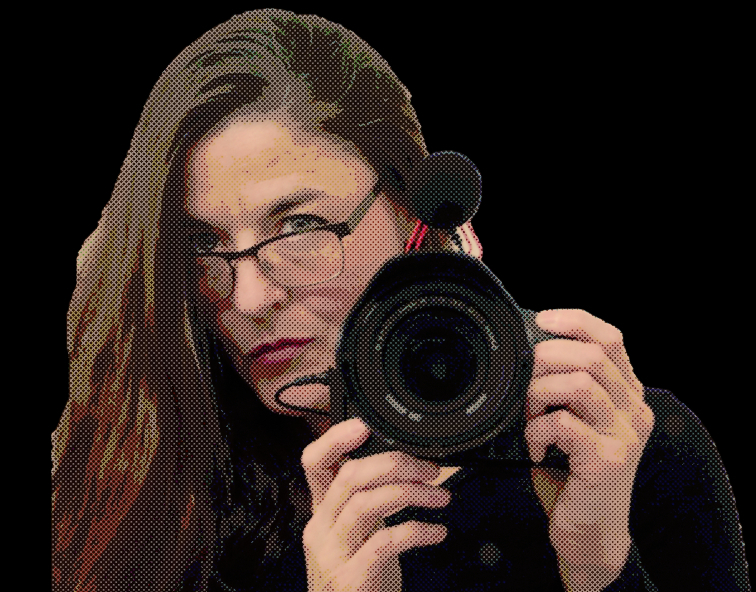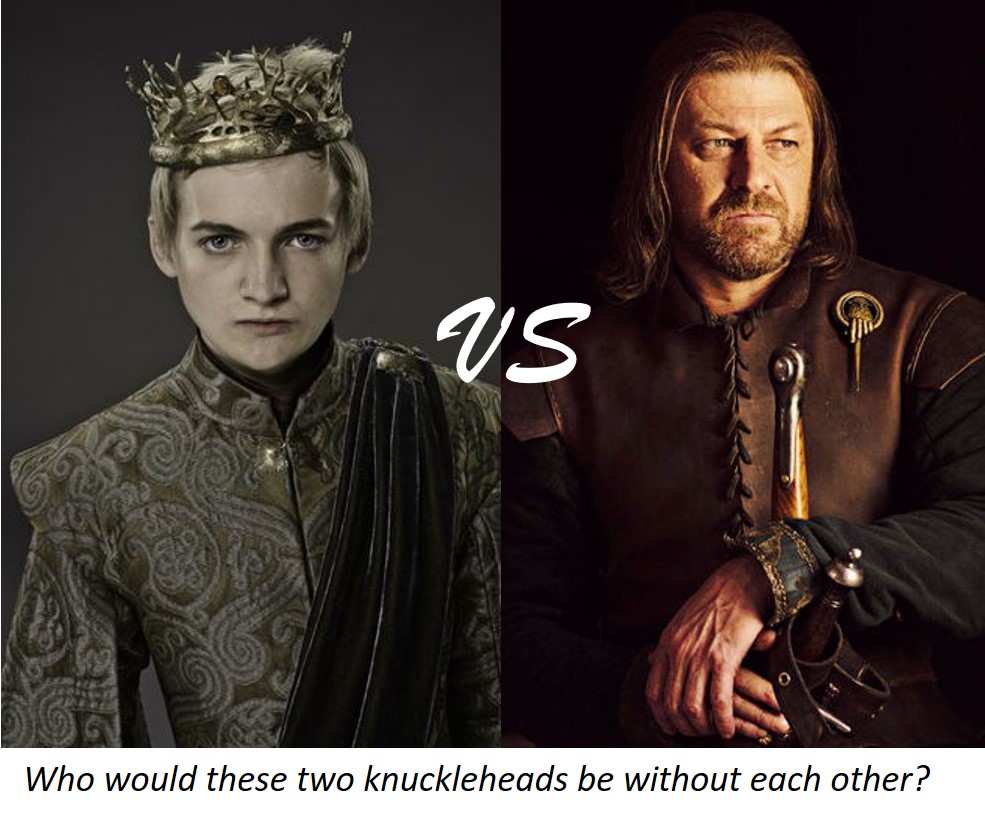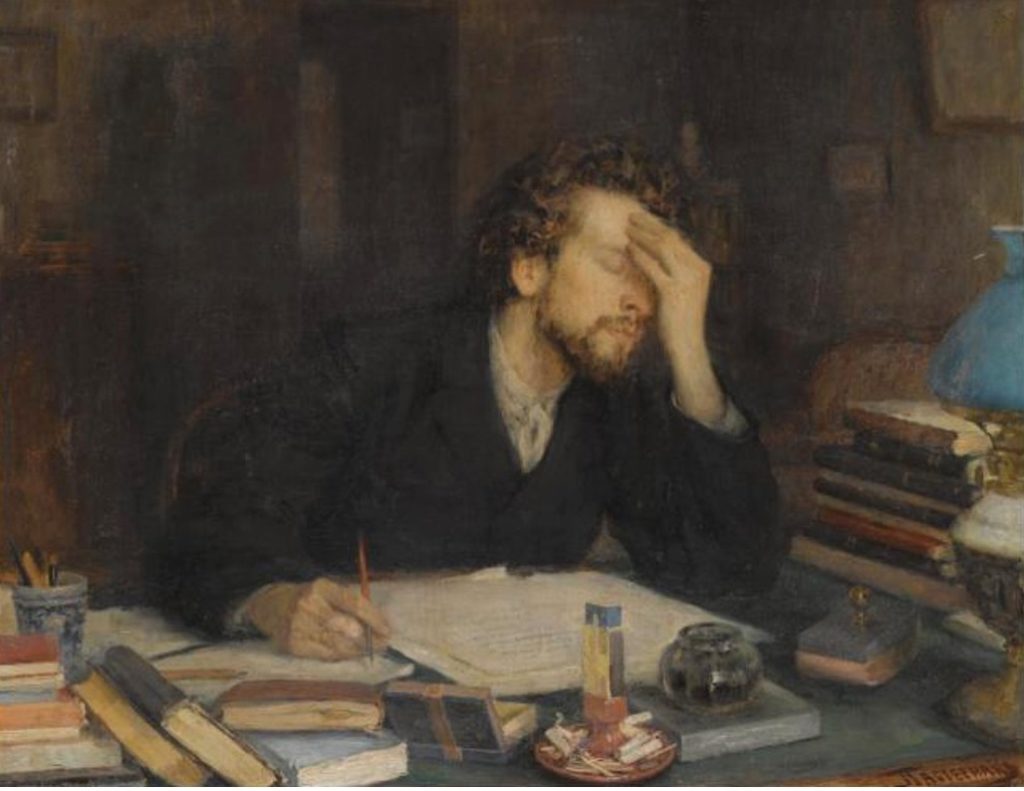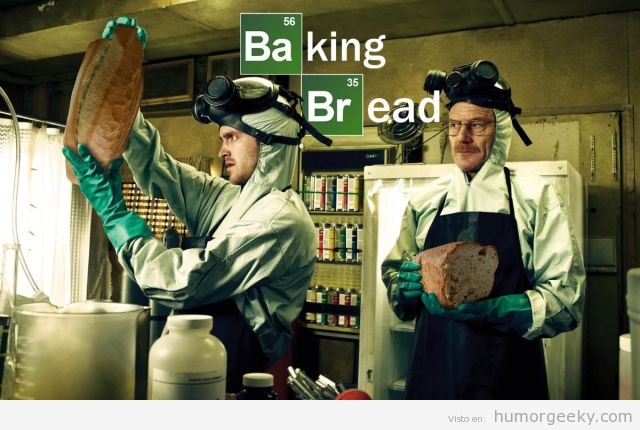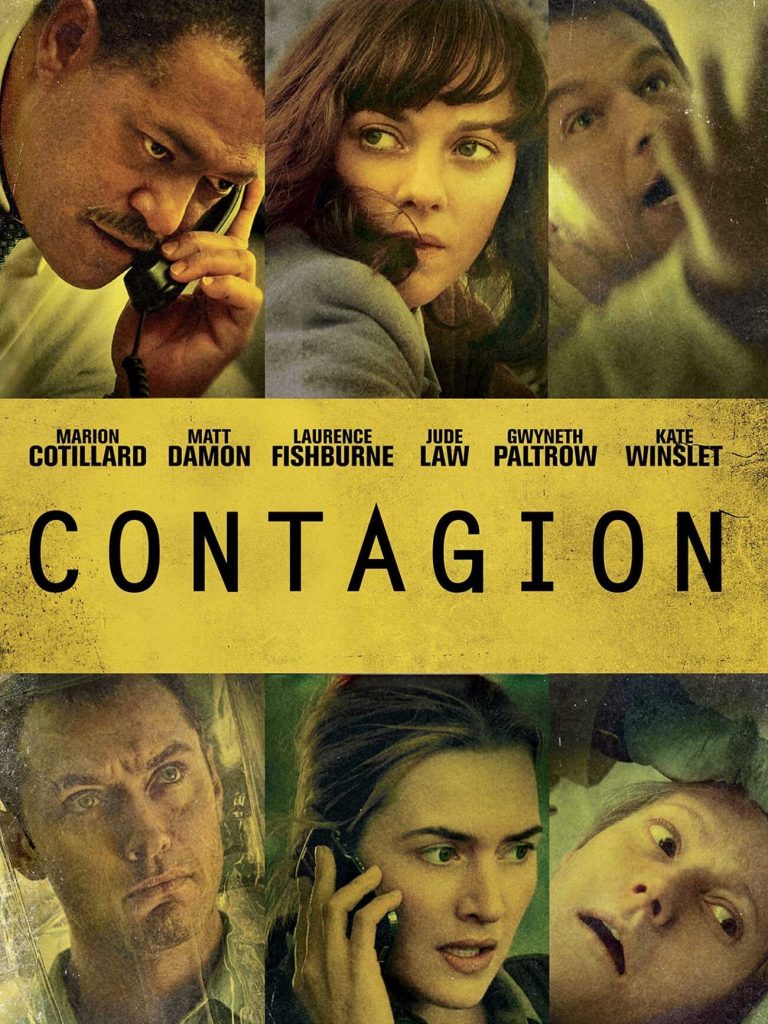
On the occasion of the largest pandemic in a century, you might’ve watched or re-watched Contagion, as Dan Olson of Folding Ideas did. The movie is a star-studded 2011 movie directed by Steven Soderbergh about a deadly virus originating from China that sweeps the globe. The film is currently having a renaissance on Netflix due to its striking similarities to real-world events, though its more cerebral and realistic take on a world-wide pandemic resigned it to an underwhelming box office haul upon its originally release in theaters.
Continue reading “Another Way to Tell a Story: Sociological vs Psychological Storytelling”